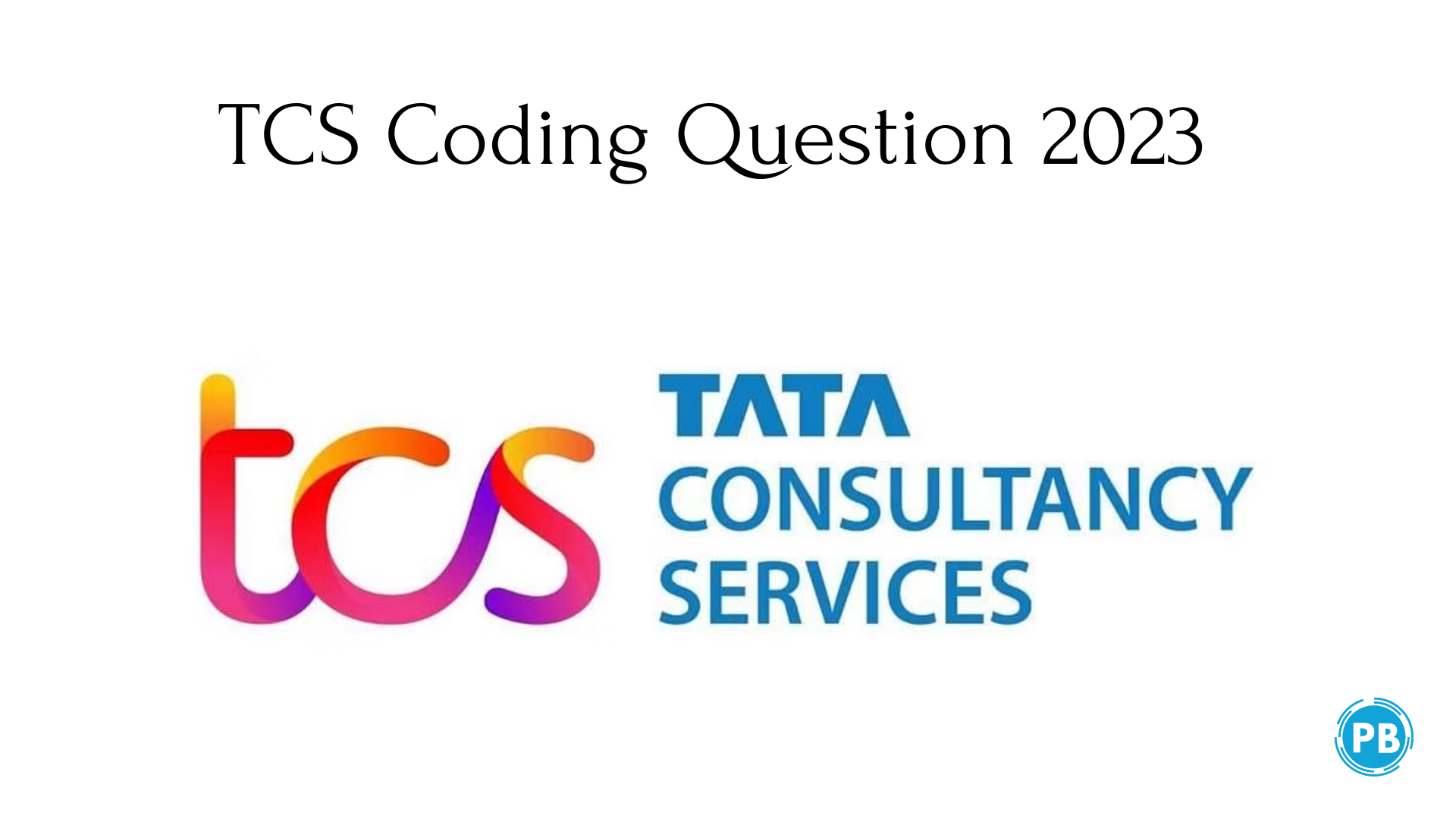
Problem Description -: Given an array Arr[ ] of N integers and a positive integer K. The task is to cyclically rotate the array clockwise by K.
Note: Keep the first of the array unaltered.
Example 1:
- 5 —Value of N
- {10, 20, 30, 40, 50} —Element of Arr[ ]
- 2 —–Value of K
Output :
40 50 10 20 30
Example 2:
- 4 —Value of N
- {10, 20, 30, 40} —Element of Arr[]
- 1 —–Value of K
Output :
40 10 20 30

C++
#include<bits/stdc++.h>
using namespace std;
vector rotate(int nums[], int n, int k) {
if (k > n)
k = k % n;
vector ans(n);
for (int i = 0; i < k; i++) {
ans[i] = nums[n - k + i];
}
int index = 0;
for (int i = k; i < n; i++) {
ans[i] = nums[index++];
}
return ans;
}
int main()
{
int Array[] = { 1, 2, 3, 4, 5 };
int N = sizeof(Array) / sizeof(Array[0]);
int K = 2;
vector ans = rotate(Array, N, K);
for (int i = 0; i < N; ++i) {
cout << ans[i] << ' ';
}
}
Solution Explanation
This code is for rotating an array of numbers to the right by a given number of positions (K positions). Here's a simple explanation:
- We have an array called
Arraywith some numbers and want to rotate it. Nis the number of elements in the array, andKis the number of positions we want to rotate it to the right.- We create a function called
rotatethat takes three arguments: the arraynums, its sizen, and the number of positions to rotatek.
Inside the rotate function:
4. We check if k is greater than n, and if it is, we set k to be the remainder of k divided by n. This is to handle cases where k is larger than the array size.
- We create a vector called
answith the same size as the array to store the rotated elements. - We copy the last
kelements from the original array to the beginning of theansvector. - Then, we copy the remaining elements from the original array to the end of the
ansvector.
Finally, in the main function:
8. We call the rotate function with our array Array, its size N, and the number of positions to rotate K.
- We print the elements of the
ansvector, which now contains the rotated array.
So, if you run this code with the given array [1, 2, 3, 4, 5] and rotate it 2 positions to the right, it will print: 4 5 1 2 3, which is the array after rotation.
JAVA
import java.util.*;
public class Main
{
static int[] rotate(int nums[], int n, int k) {
if (k > n)
k = k % n;
int[] ans = new int[n];
for (int i = 0; i < k; i++) {
ans[i] = nums[n - k + i];
}
int index = 0;
for (int i = k; i < n; i++) {
ans[i] = nums[index++];
}
return ans;
}
public static void main(String[] args) {
int Array[] = { 1, 2, 3, 4, 5 };
int N = 5;
int K = 2;
int[] ans = rotate(Array, N, K);
for (int i = 0; i < N; ++i) {
System.out.println(ans[i]);
}
}
}
Solution Explanation
This Java code is for rotating an array of numbers to the right by a given number of positions (K positions). Here's a simple explanation:
- We have an array called
Arraywith some numbers[1, 2, 3, 4, 5], and we want to rotate it. Nis set to5, which is the number of elements in the array, andKis set to2, which is the number of positions we want to rotate the array to the right.
Inside the rotate method: 3. We check if k (the number of positions to rotate) is greater than n (the size of the array). If it is, we set k to be the remainder of k divided by n. This is to handle cases where k is larger than the array size.
- We create an integer array called
answith the same size as the original array to store the rotated elements. - We copy the last
kelements from the original array to the beginning of theansarray. - Then, we copy the remaining elements from the original array to the end of the
ansarray.
In the main method: 7. We call the rotate method with our array Array, its size N (which is 5), and the number of positions to rotate K (which is 2).
- We store the result, the rotated array, in the
ansarray. - We then loop through the
ansarray and print each element usingSystem.out.println().
So, when you run this Java code with the given array [1, 2, 3, 4, 5] and rotate it 2 positions to the right, it will print:
4
5
1
2
3
These are the elements of the array after rotation.
Do you dream of turning your thoughts and words into income ? join us now and become blogger now.



0 Comments
Leave a Comment